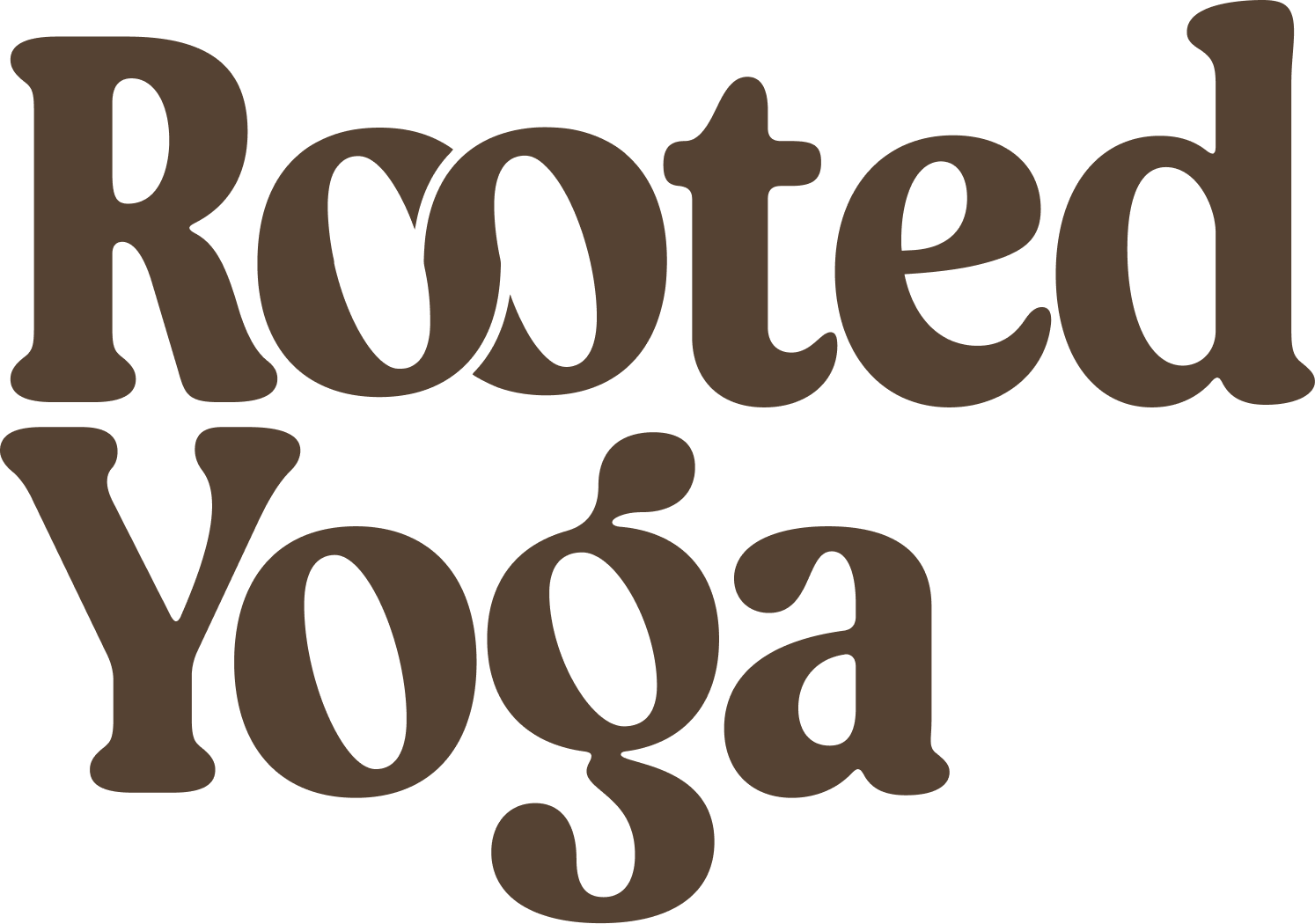How to respond to thoughts in meditation
Hey ya’ll, Ashley here.
I know this might come as a surprise to you, but the goal of meditation is not to clear your mind completely of thoughts. If your mind is racing during meditation, or anytime during the day, it’s completely fine and normal. What’s important is how to respond to thoughts. Let’s break it down…
Notice the thought. Can you let it be exactly as it is without judging it as good or bad. If right away you notice you’re judging, then take a deep breath and relax your jaw or your shoulders.
Replace the negative thought with a positive one. A shift in your mindset can do wonders for self-love and acceptance.
Guide your attention back to your point of focus. Maybe that is your breath, or if you're doing a guided meditation it might be something else. Meditation is the training of our attention. The magic of the practice is knowing when your attention has wandered and returning to your focus. It doesn’t matter if you have one hundred thoughts during meditation or if your attention drifts a million times. What is important is you keep returning to your focus.
Don’t push aside your thoughts. When you push things away, your thoughts actually gain momentum and have more power over you in the long run. Can you let the thought be there even when it’s uncomfortable? Can you make space for it and allow yourself to feel all of it? The act of recognizing and naming your thoughts or emotions is an act of self-love and freedom. With this practice you are more in control of it instead of it controlling you. This process of being with our thoughts takes a lot of courage and a whole lot of practice. Be patient and kind with yourself.
New science shows us that how we think, our stress levels, and how we feel about ourselves literally creates how our body responds. By positively changing the conversation with yourself, your body will respond in a more positive manner; meaning your breath will be deeper, your muscles more relaxed, and your mind will be more responsive instead of reactive.
Remember that this is healing work. This work takes practice. The good news is you don’t have to go at it alone. Join our positive, lively, and welcoming community at Rooted Yoga. We got you, let’s do this together!


